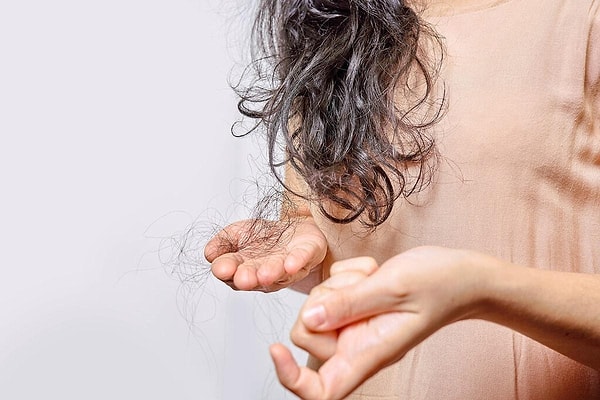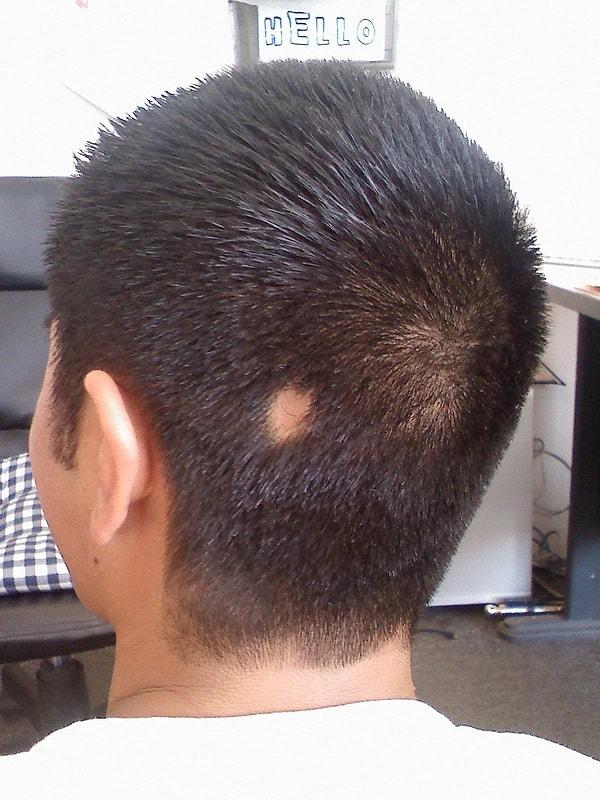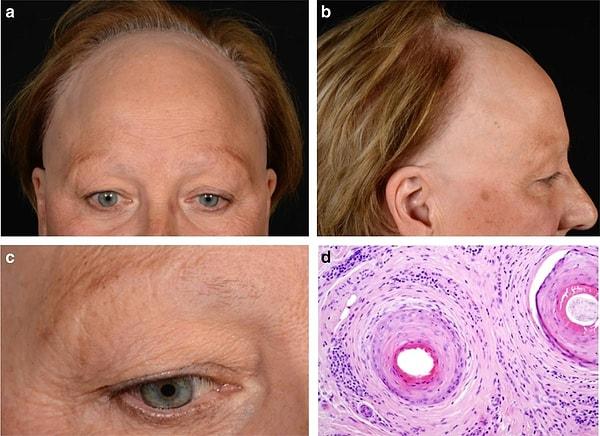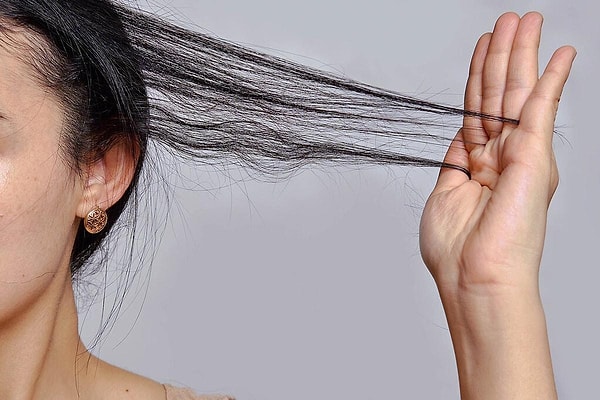When Should You Worry About Hair Loss? Here Is What The Experts Say
Losing between 30 to 150 hair strands daily is considered normal, but when does it become a cause for concern? Let's delve into the circumstances that experts suggest might warrant your attention when it comes to hair loss. Understanding these signs could be key to addressing any potential issues with your hair health.👇
According to the British Association of Dermatologists, shed hair automatically regrows, maintaining a constant total number of hair strands on our heads.

However, hair loss can sometimes stem from more serious factors and, in certain cases, become permanent. Everything from illness to stress, weight loss to iron deficiency can contribute to thinning hair. There are three specific conditions that can lead to hair loss, and identifying their symptoms is relatively straightforward:
1. Alopecia:

It is a general medical term used for hair loss. There are various forms of alopecia, each causing different symptoms and patterns of hair loss. Androgenetic alopecia typically leads to hair loss on the top and front of the head in men, while causing general thinning in women. Alopecia areata is an autoimmune condition believed to cause hair loss in round or oval patches on the scalp, beard, and other areas where hair grows. It does not lead to permanent hair loss, but regrowth may take months or years.
Traction alopecia, caused by the strain on hair follicles due to tight hairstyles, relaxers, or extensions, can result in thin or broken hair, as well as scarring or spots on the scalp, redness, and itching.

Central centrifugal cicatricial alopecia, also known as scarring alopecia, can be prevalent in women of African descent. It causes spreading hair loss in the middle of the scalp, along with itching, pain, or sensitivity, spongy tissue on the scalp, and flaking or redness in affected areas. Frontal fibrosing alopecia, a type of scarring hair loss that affects the frontal scalp, including the forehead and temples, commonly affects postmenopausal women but can also impact men and younger women.
2. Telogen:

A condition called effluvium can increase the daily amount of hair you shed from 30 to 150. According to the British Association of Dermatologists, this condition disrupts your normal hair growth cycle, causing more follicles to enter the telogen or shedding phase.
'Normally, only about 10% of scalp hairs are in the telogen phase, but in telogen effluvium, this proportion increases to 30% or more.'
Severe trauma or illness, a stressful or significant life event, significant weight loss and extreme diet, a serious skin condition affecting the scalp, or anything like a new medication or discontinuation of hormone therapy can trigger this condition.

Changes in your hair growth pattern can manifest approximately three months after such a trigger. There is also a condition called anagen effluvium, which rapidly sheds hair in the growth phase. Both conditions are not permanent and can recover when the underlying cause is addressed.
3. Folliculitis:

It is an infection of the small openings in your skin where hair follicles, or the roots of your hair strands, emerge. Folliculitis can progress if your follicles become infected due to shaving. It is usually mild and can resolve within a few days, but some severe folliculitis infections can lead to permanent hair loss, leaving bald areas where hair does not regrow. If you notice pimple-like sores, itching, oozing, and crusted sores around your hair follicles, you may realize that you have this condition.
If you suspect folliculitis, changing your razor and consulting with a specialist is a good idea.

If hair loss is causing you distress, it's advisable to talk to your family doctor or physician, as they can assist you in seeking counseling services. It may also be worth looking for a support group to connect with people experiencing similar things.
Keşfet ile ziyaret ettiğin tüm kategorileri tek akışta gör!


Send Comment